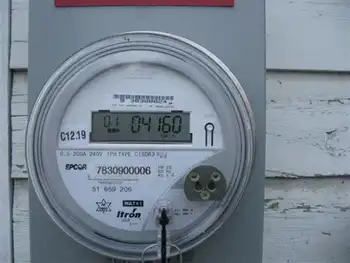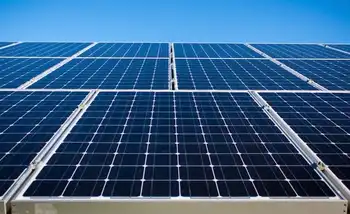CANDUÂ’s natural uranium a strong selling point
By Financial Post
High Voltage Maintenance Training Online
Our customized live online or in‑person group training can be delivered to your staff at your location.

- Live Online
- 12 hours Instructor-led
- Group Training Available
SNC-Lavalin Group Inc. and Atomic Energy of Canada Ltd. said they had signed a deal with the Jordan Atomic Energy Commission to study building a nuclear power program with the CANDU 6 reactor.
The news is good for AECL, which has been struggling to sell more of its units.
The Canadian reactor, sometimes referred to as the Porsche of reactors, has only been built 10 times internationally over the past decade. Even those sales were controversal: To sell two reactors to China in 1996, Prime Minister Jean Chretien lent $1.5-billion to the Chinese government - a move that led to a lawsuit by the Sierra Club.
Despite full-service attention from the Canadian government, China (with its two units and Korea, which built four plants) turned to competitors for their next generation of plants.
The CANDU reactors have some advantages over their competitors. They can be fuelled without being shut down, and use natural, not enriched, uranium.
Jordan is interested in the enhanced CANDU 6 reactor because of the natural uranium it uses, says Dale Coffin, AECL's director of corporate communications. Rather than getting enriched uranium from another nation, he adds, Jordan can use uranium ore from its existing phosphate reserves to power the CANDU reactors.
Jordan currently imports 95% of its energy needs, and like many other countries in the region is looking to diversify. Last year, parliament endorsed the use of nuclear power to produce electricity and desalinate water.
Khaled Tukan, head of the JAEC, has said the country has already signed nuclear deals with the United States and France and hopes nuclear power will produce 30% of the country's energy by 2030.
Jordan is only one of many countries in the Middle East and North Africa looking to diversify its energy sources. Morocco and Turkey are looking at nuclear power seriously, and CANDU has been identified as an option, Mr. Coffin says.
The enhanced CANDU 6 only produces 740 Megawatts of power, but rather than a liability, the smaller reactor may prove to be more efficient for countries with grid systems that cannot sustain the power flow from a larger reactor, he adds.
SNC-Lavalin formed its nuclear engineering division in 1967. In May, 2006, it was one of five nuclear technology companies to join Team CANDU to provide a turn-key service for building new nuclear plants.
Revenue from SNC's power division was $1.6-billion in 2007, with the largest portion of revenues in the nuclear division coming from replacing steam generators for Bruce Power A LP.
Its nuclear division is involved in the engineering and construction of new plants and servicing the non-nuclear steam generating side of nuclear power plants.











